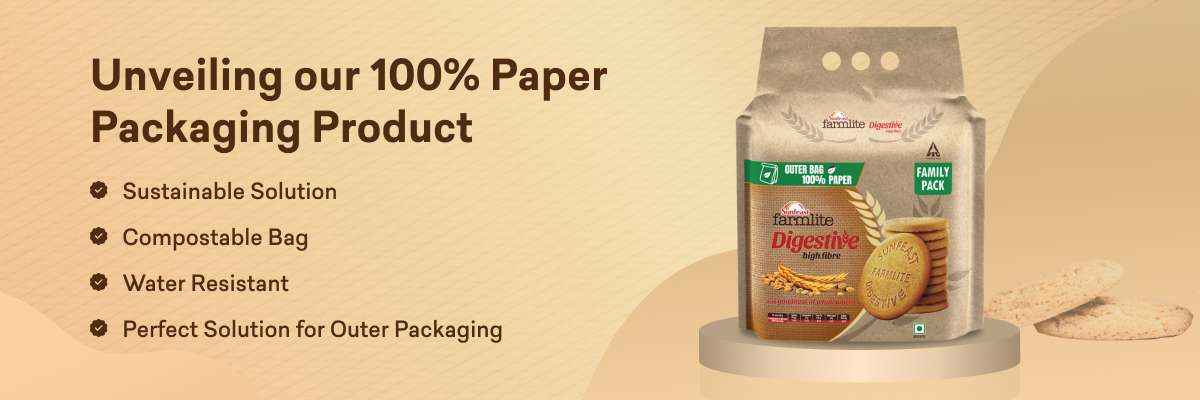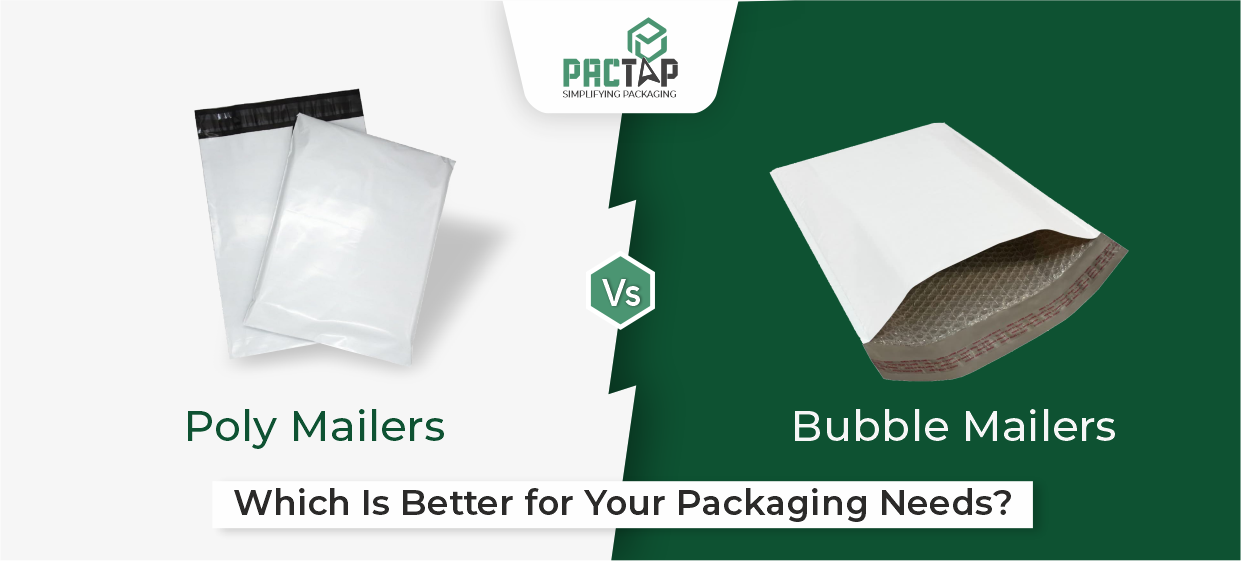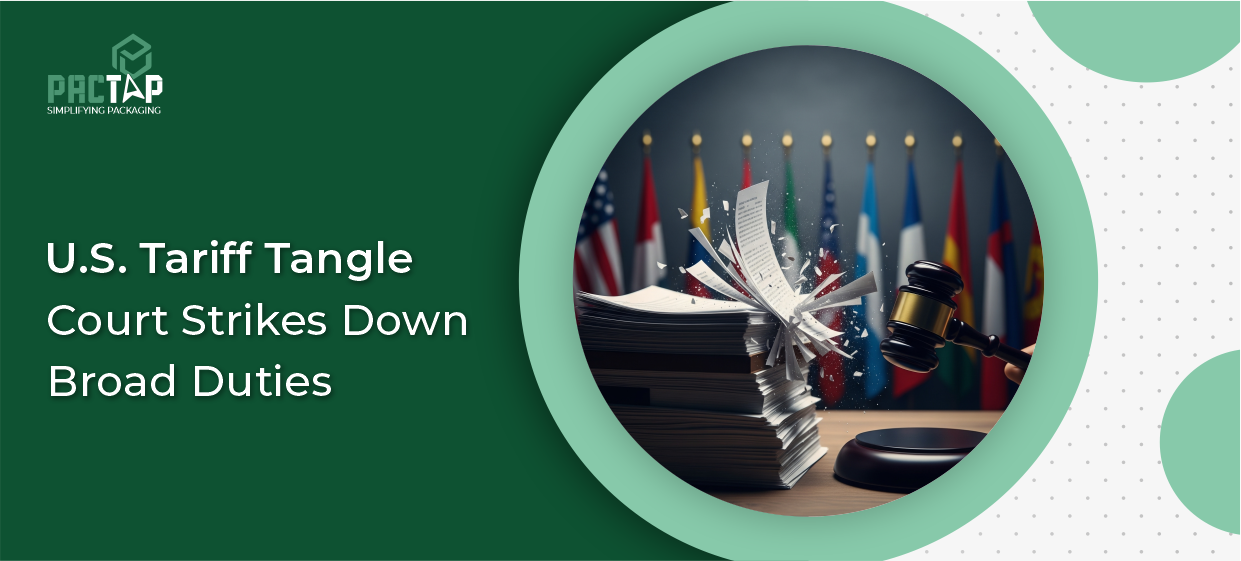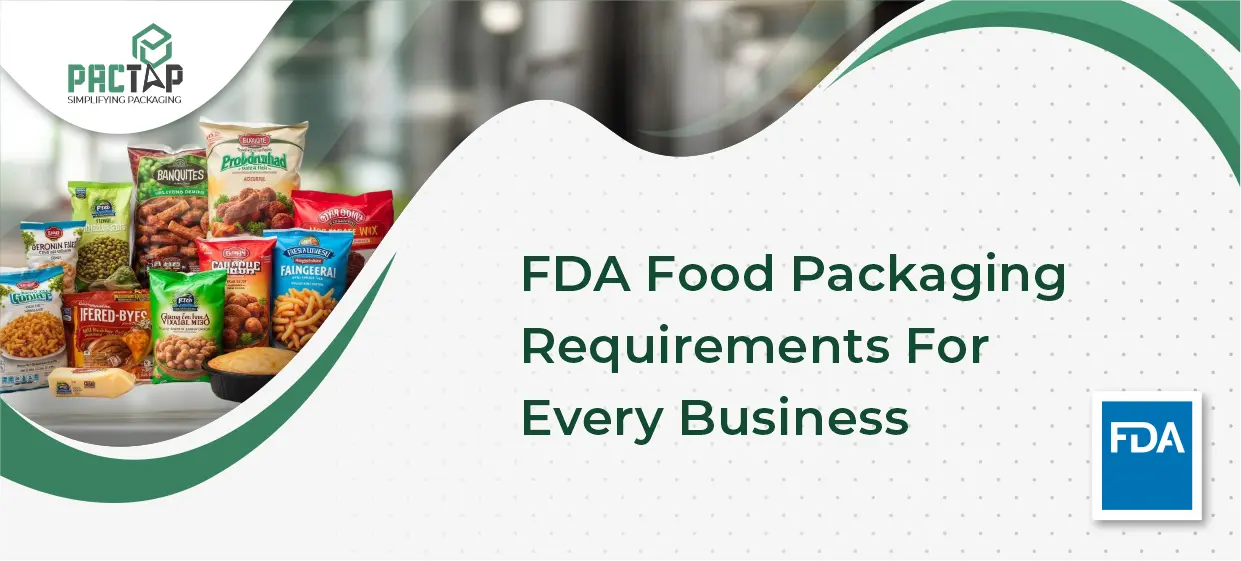The ever-growing demand for convenience and online shopping has led to a surge in packaging waste. Cardboard boxes, plastic wrap, and packing peanuts – these seemingly insignificant elements contribute significantly to deforestation. But a simple solution exists: recycling.
This article delves into the environmental impact of packaging and explores the power of recycling in saving trees. We’ll answer critical questions, providing a comprehensive understanding of this crucial environmental issue.
How Much Paper and Cardboard Packaging Is Produced Each Year?
According to statistics from the Environmental Protection Agency (EPA), the United States produces approximately 82.6 million tons of paper and cardboard packaging waste annually. This includes corrugated boxes, folding cartons, and other paper based packaging materials.
The global production of paper and cardboard packaging is even higher, estimated to be around 400 million tons per year. This figure highlights the massive scale of the packaging industry and the substantial demand for paper and cardboard products worldwide.
How Many Trees Does It Take to Make a Cardboard Box?
While the exact number can vary depending on factors like tree size, species, and desired paper quality, a common estimate suggests that one ton of paper pulp can be derived from around 15-17 mature trees.
Cardboard is a good example of how recycling can help the environment. The Environmental Protection Agency (EPA) estimates that recycling one ton of cardboard saves 17 trees. So reusing boxes whenever possible is a great way to reduce your environmental impact.
What is the Environmental Impact of Deforestation for Packaging?
Deforestation to meet paper and cardboard demands has severe environmental consequences. Here’s a closer look:
- Loss of Biodiversity: Forests are teeming with life. When they are cleared for paper production, countless plant and animal species lose their habitat, leading to a decline in biodiversity.
- Soil Erosion: Trees play a vital role in holding soil in place. Deforestation exposes the soil to wind and rain, leading to erosion and loss of fertile land.
- Disruption of the Water Cycle: Forests act as natural sponges, absorbing and filtering rainwater. Deforestation disrupts this cycle, leading to increased flooding and water scarcity.
- Climate Change: Trees absorb carbon dioxide, which is a greenhouse gas. Deforestation releases this stored carbon into the atmosphere, hastening climate change.
How Does Recycling Packaging Help Save Trees?
Recycling offers a powerful solution. Here’s how it helps:
- Reduced Demand for Virgin Pulp: When we recycle paper and cardboard, we reduce the need to cut down new trees for virgin pulp production. This directly translates to fewer trees being felled.
- Conservation of Resources: Recycling uses less water, energy, and chemicals compared to producing virgin paper pulp. This leads to a lesser environmental imprint.
- Reduced Landfill Waste: Paper and cardboard account for a significant portion of landfill waste. Recycling diverts this waste, extending landfill lifespan and reducing methane emissions from decomposition.
Is Recycling the Only Way to Save Trees from Packaging?
While recycling is a crucial step, it’s not the only solution. Here are some additional strategies:
- Reduce Packaging: Businesses can implement sustainable packaging practices, minimizing the amount of material used. This could involve using smaller boxes, eliminating unnecessary packing peanuts, and opting for recycled content.
- Reuse Packaging: Whenever possible, consumers can reuse packaging materials for storage or creative projects. This extends the lifespan of the materials and reduces reliance on new packaging.
- Support Sustainable Businesses: Look for companies that use recycled content in their packaging and prioritize sustainable practices.
What are Some Challenges Associated with Recycling Packaging?
Despite its benefits, recycling packaging faces certain challenges:
- Contamination: Recyclable materials become unusable if contaminated with food waste, liquids, or other non-recyclable materials. Educating consumers about proper sorting is crucial.
- Limited Infrastructure: Not all regions have access to efficient recycling facilities. Expanding and improving recycling infrastructure is essential.
- Market Fluctuations: The global market for recycled materials can fluctuate, impacting the economic viability of some recycling programs.
How Can We Overcome These Challenges and Encourage More Recycling?
Several strategies can help overcome these challenges:
- Public Education Campaigns: Educating consumers about proper sorting of recyclables and the importance of recycling can significantly reduce contamination.
- Investment in Recycling Infrastructure: Increased government and private sector investment in recycling facilities and collection programs is crucial to expand accessibility.
- Standardized Labeling: Clear and consistent labeling of recyclable materials can help consumers understand what goes where.
- Extended Producer Responsibility (EPR) Programs: EPR programs hold producers accountable
Conclusion: Every Box Recycled Counts
The world’s growing demand for packaging poses a significant threat to our forests. However, recycling offers a powerful solution. By understanding the environmental impact of packaging and embracing responsible recycling practices, we can collectively save trees, conserve resources, and build a more sustainable future. Remember, every box recycled makes a difference.





